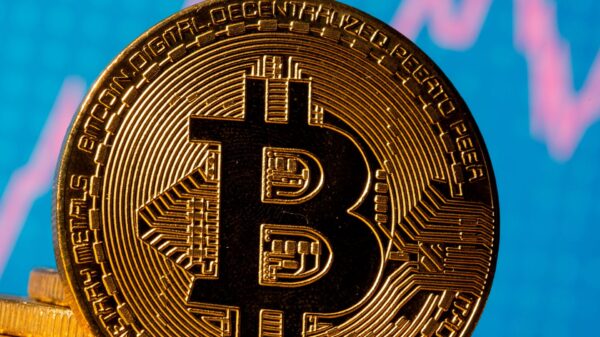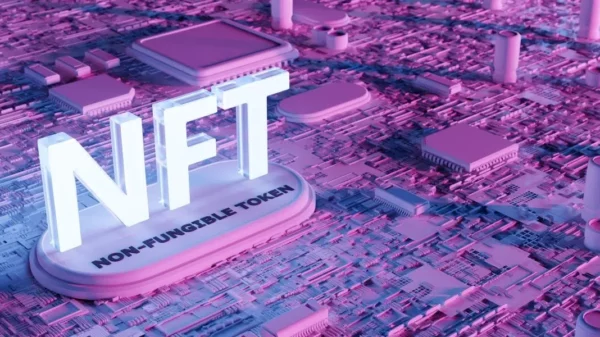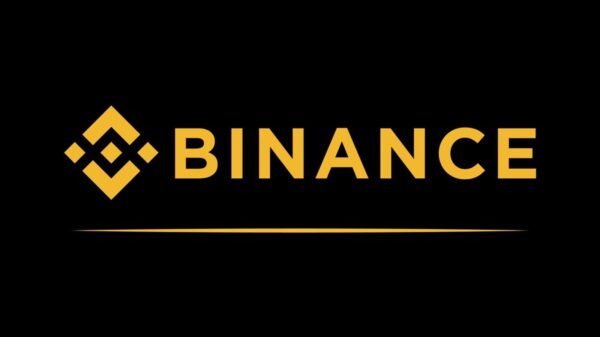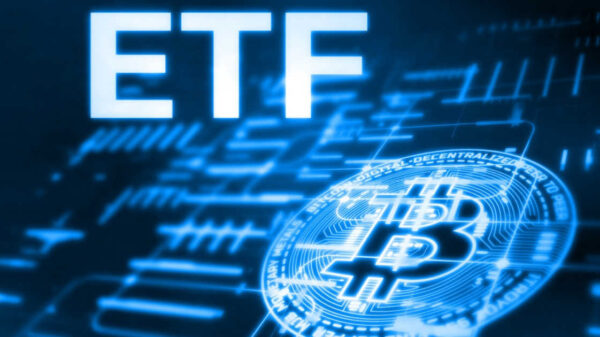At this time, many stablecoins managers are trying to dispel the doubts raised by the UST case as to their real solvency. Are stablecoins solvent enough?
In particular, it is the managers of collateralized stablecoins who are trying to prove that they are solvent.
In fact, while UST was an algorithmic stablecoin without enough reserves to be able to really remain pegged to the value of the dollar in the long run, collateralized stablecoins at par must always have enough reserves in the till to cover 100% of the value of the tokens issued.
For example, a few days ago, Tether, the manager of the world’s largest stablecoin (USDT), published its latest independent report on its reserves, but only updated as of 31 March.
The second most used stablecoin in the world is USDC, by Circle, and given what is happening at the moment, the manager has promised to publish weekly reports on their reserves.
This move looks to all intents and purposes like an attempt to gain an advantage over USDT, as recently someone again questioned Tether’s solvency, but hardly anyone had questioned Circle’s.
What is more, these are two stablecoins that have never really lost their peg with the dollar, except for very brief moments and with decidedly low depeg percentages. Users still in doubt about the security of stablecoins
In other words, there is currently no concrete evidence to really suggest that USDT and USDC are not fully collateralized, but despite this, some users still have doubts.
On the one hand, these doubts are the simple consequence of the implosion of UST, the algorithmic stablecoin of the Terra ecosystem, but on the other hand, they are caused by a process of verification of Tether‘s reserves that is disputed by many.
What is unconvincing is the fact that independent companies were chosen for this verification, which lack a pristine reputation.
From this point of view, USDC, which is also backed by the listed company Coinbase, seems to give more guarantees, especially to those who are most alarmed.
It is enough to think that in recent weeks USDT‘s market capitalization has fallen from $83 billion to $73 billion, while USDC’s has risen from $48 billion to $53 billion. That of BUSD (Binance’s stablecoin), on the other hand, rose from 17 to 18 billion.
In addition to USDT, DAI, the only major functioning algorithmic stablecoin, also lost capitalization, falling from $7 billion to $6 billion.
It is worth remembering that the implosion of UST alone reduced the market capitalization of dollar-pegged stablecoins by around $18 billion, which has not yet recovered.
In fact, before its implosion all five major dollar-pegged stablecoins capitalized nearly $175 billion, while now they capitalize $150 billion.
















































